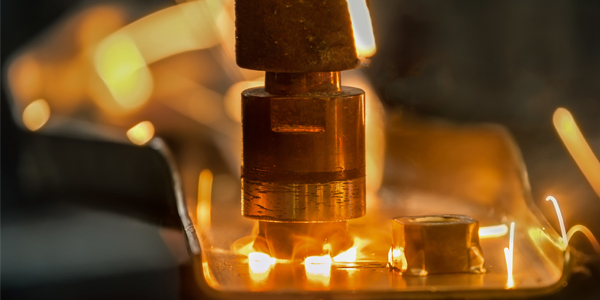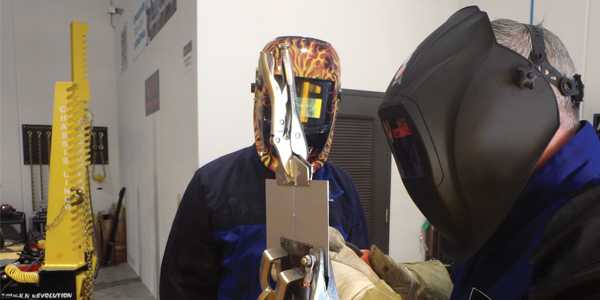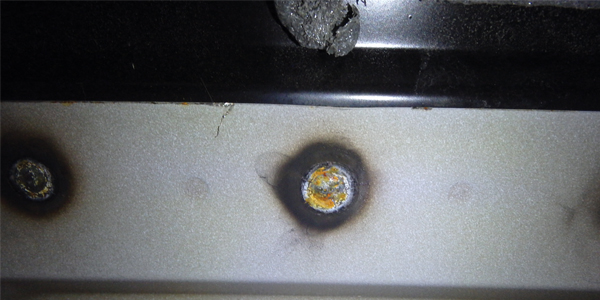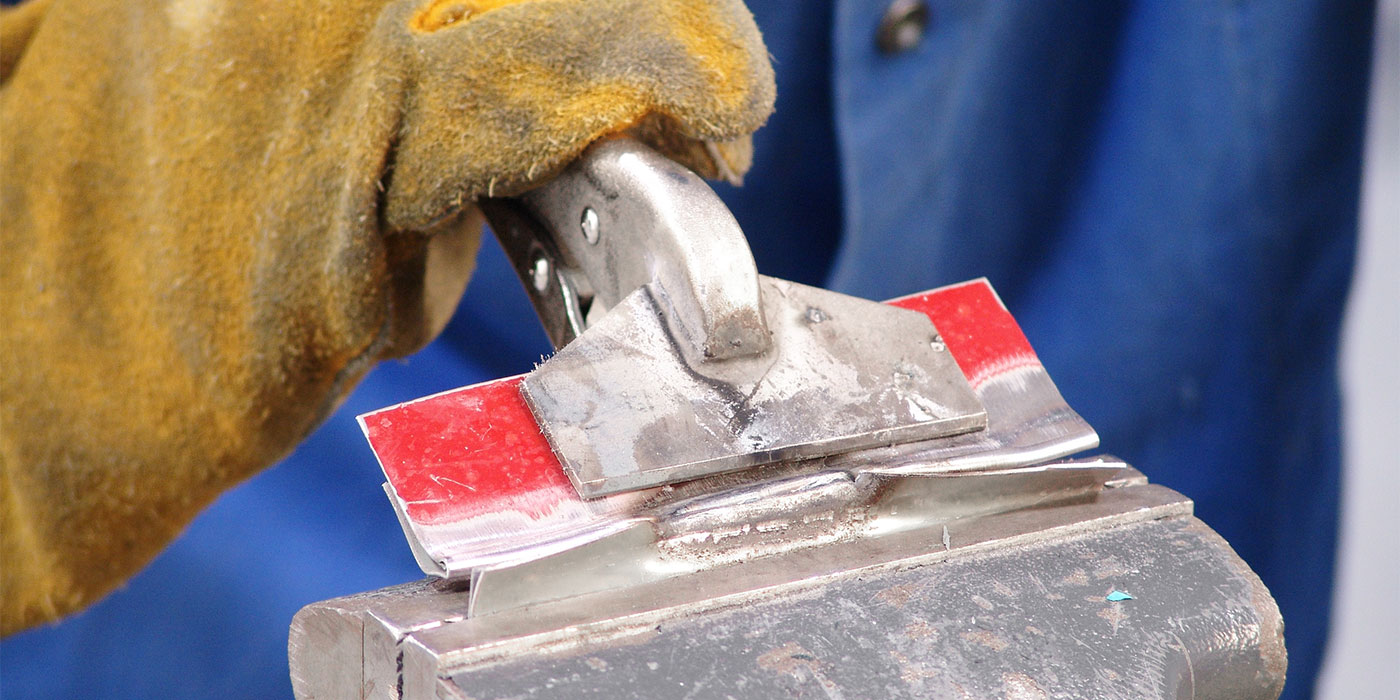
I am going to ask you a question. Since it is just you, I want you to really think about it. In the past, as an industry, we knew through experience and studies that people usually sold a vehicle within three years of having repairs performed at a shop. As our warranties only apply to the owner of the vehicle at the time of repair, did most people just care that the repair was good enough to make the vehicle last to the time of sale? After that point, it was no longer their problem.
Now, think about the recent litigation our industry has witnessed and how the liability crossed over to the next owner of the vehicle. That should send a chill down your back. Thinking about warranty and liability might feel a little unusual for our industry, but the issue is that it shouldn’t.
Engineering
Vehicle manufacturers put a great deal of engineering into building vehicles that will perform on so many levels. Safety is always a top priority, as is noise, vibration and harshness (NVH). Automakers are also concerned about meeting the requirements of longevity or end of life of vehicle (ELV), not only for the drive train but the vehicle body as well. Power and fuel economy also must be balanced.
The fact is there are so many considerations that the average person would be astounded at all the engineering involved. Then, after all that, the automakers have to be able to sell their vehicles to the public. Take all this into consideration, as now we have to fix the vehicle when somebody messes up one of these engineering marvels.
OE Procedures
As a preface, I want to be sure that all fellow collision repair professionals are reading this. I advocate following OEM procedures in repairing any vehicle, with the ultimate goal of fixing a vehicle correctly.

Then, we must deal with reality. Many times, following OE procedures to the letter can be difficult to do, as we are working with a damaged, fully assembled vehicle, not just pieces. These pieces are welded in layers and overlap each other. Access to parts and welds becomes a major issue. We as an industry have to rely on alternate, OEM-approved methods to repair a vehicle. An example is a MIG/MAG plug weld for a squeeze type resistance spot weld (STRSW) when the electrodes don’t reach. With vehicles today and tomorrow, we all have to face the fact that many procedures are changing and new equipment and training is an absolute for shops.
Weldable Seam Sealers
The use of weldable seam sealers does not replace weld bonding or the use of any adhesive recommended during repairs – it prevents corrosion and increases protection from the effects of NVH issues where only primers or cavity wax have been used before. The seam sealer welding process should not add or change the vehicle structure in any way. Only use seam sealers where no adhesives were recommended, and only use after doing test welds and destructive testing with your squeeze type resistance spot welder.
Spot Welders
Shops that have delayed purchasing STRSW machines with pulse capability are fighting a losing battle. I realize the cost of these machines is a burden to any shop, but the issue of not having one to complete jobs according to OEM procedures could be devastating. The effects of heat on steels during manufacturing and repair is more and more dictating the use of these machines. The sensitivity of high-strength steel and ultra-high-strength steel or advanced high-strength steels parts to the heat generated by MIG/MAG welding is a major concern for us all.
On the positive side, these machines do have a return on investment. It may take time, but when these machines are used and maintained, they offer some distinct advantages. One is the ability to weld through adhesives and seam sealers duplicating OEM procedures. Weld bonding has been around and in use for some time. Few people are aware that many of the bare metal seam sealers may be weldable with a spot welder, too. This can save a shop time and money plus offer the fantastic ability to extend the life of the vehicle and repair in many ways.
Corrosion Protection
A major problem facing all shops in the automotive industry is the corrosion protection of a vehicle. In particular, the corrosion arising from welding and in seams of panels welded together during the repair.
I’ve seen vehicles with noticeable corrosion 14 days after the vehicle was delivered to the customer. The outside of these welds were dressed and finished during repairs, but the backside of these particular welds were inside the vehicle where many shops do not provide adequate corrosion protection, if any. The assumption was there was not enough moisture concern to warrant corrosion protection coverage. That turned into a costly mistake for the shop. The lesson is that all welds require corrosion protection on both sides.

Another important lesson is that our welds need to last the test of time. The liability to our welds will be to the end of the vehicle’s life. If the vehicle you’re repairing has 20,000 miles, your welds need to last possibly 280,000 miles. Will your current corrosion protection practices last this long?
Seams where welding was performed are an ongoing problem for shops. Many times, the ability to get corrosion protection such as cavity wax into these enclosed areas or between the pinchwelds after welding may be difficult due to limited access. Weld-through primers have shown to offer inadequate protection in many cases due to the lack of training on their proper use. Some vehicle manufacturers require that they not be used on their vehicles due to contamination of the weld. It isn’t just about the weld zone itself either. The area between welds or the “pitch” must be protected. Leaving bare metal will increase the probability of corrosion.
Most adhesives and seam sealers recommended for welding are bare metal products requiring cleaning of the entire mating surface of any primers. If adhesives and seam sealers are not being used during welding, removing primers or coatings at the weld zone may be recommended. Either leave or add primers to protect in the pitch areas of the flange.
Heat is not the only concern. NVH is also a concern to the longevity of a repair. Seam sealers and adhesives may be used to seal areas where moisture is a dominating concern for the repair, such as rockers and wheel wells. The vibration and expansion of the metals during hot and cold cycles puts a great deal of stress in joining areas. Along with road stress and vibration, sealers could fail or be compromised to everyday environmental conditions.
Outside the Box
To deal with all these issues, we may need to think outside the box. I first saw the process of welding through seam sealers through a seam sealer manufacturer. Through diligent research and extensive testing, they came up with a process that saves time and also offers a much higher level of protection against corrosion than procedures used in the past. I am not saying those procedures did not work; I am saying sometimes it was difficult to adequately get corrosion protection materials to where they need to be.
With the use of STRSW becoming more common, seam sealer welding has become a more viable procedure. In most cases, using urethane-based seam sealer on the bare metal flanges and spot welding together creates a strong weld and a sealed welding zone as well as sealed pitch area. This combination is also done during welding, saving time from trying to seam seal edges. This offers a great alternative to the old ways that is much easier to reproduce time and time again.
A major key to this is having a squeeze type resistance spot welder that is capable of welding through the seam sealer. Most machines are capable of welding through adhesives. This would be a similar procedure if not identical. If you’re shopping for one of these machines or have already purchased one, be sure technicians take training on how to set up and operate it for different operations. There are lots of videos on YouTube on how and what kinds of seam sealers can be used for this process.
Summary
We need to be sure our repairs are correct, but we also must also be sure they stand the test of time. Procedures for repairing vehicles are always changing. Companies are trying to develop products and procedures to provide shops with the best repair possible while following vehicle manufacturer guidelines.













